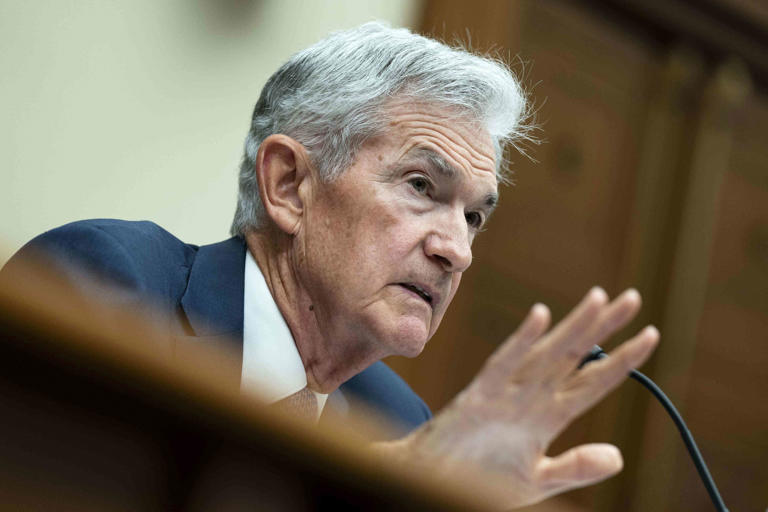The Federal Reserve appears poised to cut its key interest rate as inflation gradually declines while concerns over the job market persist. The central bank, in its effort to gauge when inflation is sufficiently under control, anticipates reducing the benchmark fed funds rate well before any indication of prices moving into deflationary territory, a condition often associated with economic recession and increased unemployment.
Federal Reserve Chair Jerome Powell, in his recent testimony before Congress, reiterated the Fed’s cautious approach towards managing inflation. He refrained from specifying a precise timeline for potential rate cuts but underscored the necessity of preventing inflation from dipping too low. Powell articulated to the House Finance Committee that the Fed’s strategy not only aims to curb excessive price rises but also aims to maintain a moderate level of inflation to support economic stability and employment.
Powell’s Testimony and the Fed’s Strategic Insights
During his testimony, Powell highlighted the Federal Reserve’s commitment to targeting an average annual inflation rate of approximately 2%. He clarified that the Fed’s objective is not to halt inflation altogether or allow prices to stagnate or decline, but rather to manage inflationary pressures to ensure they remain within a stable range that supports sustainable economic growth.
Federal Reserve’s Anticipated Actions
Looking ahead, the Federal Reserve is expected to implement a reduction in the fed funds rate, a move intended to lower interest rates across various types of loans and stimulate economic activity. Powell stressed the importance of preemptive action, stating that waiting for inflation to reach the 2% target before adjusting rates would likely be too late. This proactive stance aims to avoid the risk of inflationary momentum leading to a more significant economic downturn and subsequent deflationary pressures.
Public Perception and Economic Realities
The discussion around inflation and the Federal Reserve’s policies underscores a disconnect between expert economic discourse and public sentiment. While many Americans express frustration over sustained high prices, the Federal Reserve’s mandate focuses on maintaining price stability rather than enabling price decreases. A recent YouGov poll highlighted that a majority of respondents preferred lower prices on goods and services as a barometer of economic health, reflecting a desire for deflation—a condition rarely viewed favorably by economists due to its association with economic distress, as witnessed during the Great Depression.
Conclusion
In conclusion, while the Federal Reserve continues to navigate the complexities of managing inflation and economic stability, its current stance emphasizes proactive measures to keep inflation within target levels. Powell and the Fed recognize the dual mandate to manage inflation while promoting maximum employment, signaling a delicate balancing act amidst evolving economic conditions. As the Fed assesses future actions, the focus remains on sustaining economic growth and stability while mitigating the risks of both inflationary pressures and potential economic downturns.
